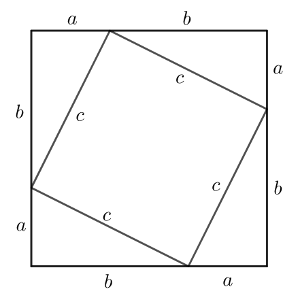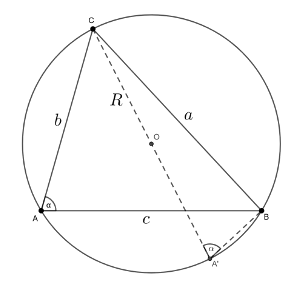Proof Concerning Central Line \(X_5X_6\) of Triangle

Hello everyone. Today we will prove theorem about central line \(X_5X_6\) of triangle. Proof of the Central Line in a Golden Rectangle Construction Statement of the Theorem Let \(ABCD\) be a golden rectangle where \( \frac{AB}{BC} = \phi \), and construct the square \( BCQP \) inside it. Reflect \( P \) over \( D \) to obtain \( E \). Then, the line \( EB \) coincides with the central line \( X_5X_6 \) of triangle \( ABP \). Step-by-Step Proof 1. Define the Coordinates We assign coordinates as follows: \( A = (0,0) \), \( B = (\phi x, 0) \), \( C = (\phi x, x) \), \( D = (0, x) \). The square \( BCPQ \) ensures \( P = (\phi x, 2x) \). The reflection of \( P \) across \( D \) is \( E = (-\phi x, 2x) \). 2. Compute the Nine-Point Center \( X_5 \) The nine-point center \( X_5 \) is the circumcenter of the medial triangle, which consists of the midpoints: \[ M_1 = \left(\frac{0 + \phi x}{2}, 0\right) = \left(\frac{\phi x}{2}, 0\right), \] \[ M_2 = \left(\f...




Comments
Post a Comment